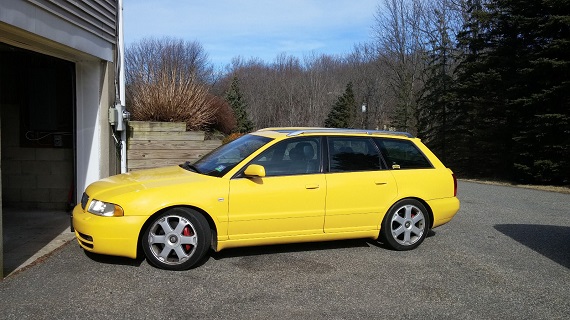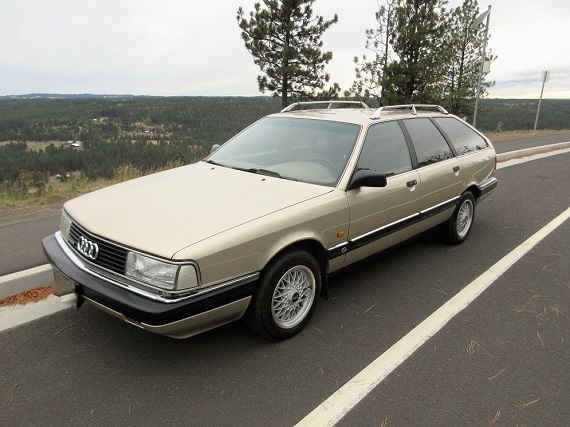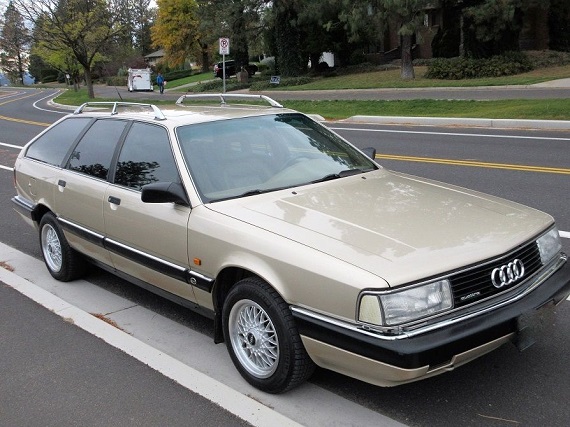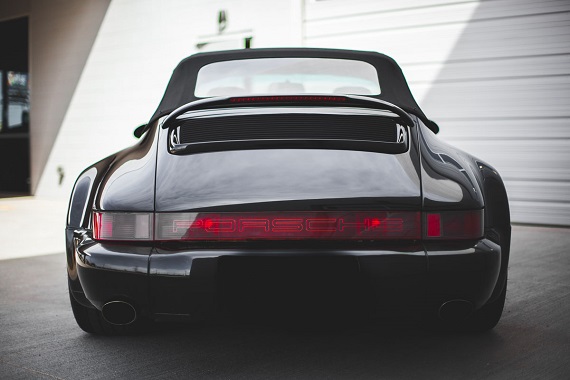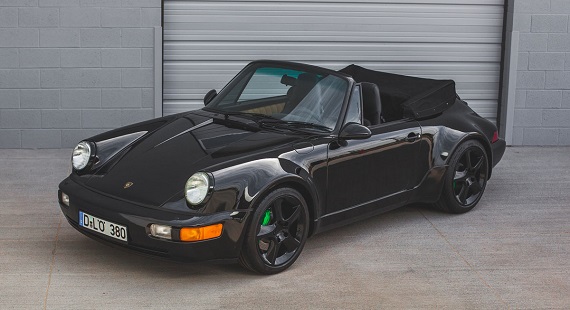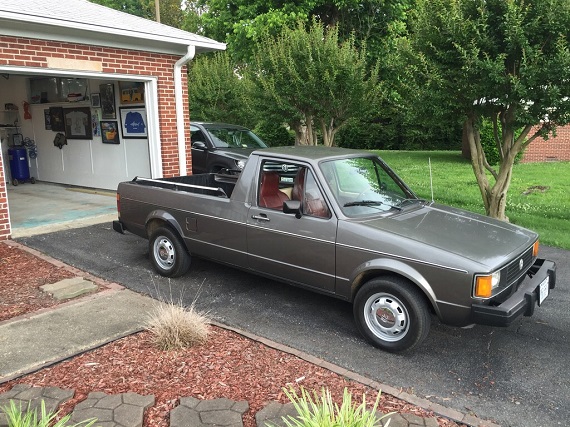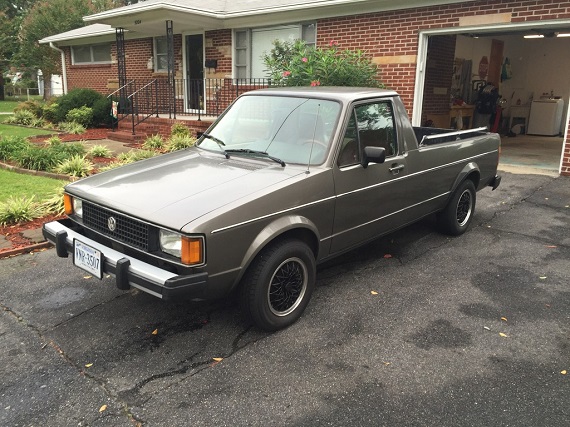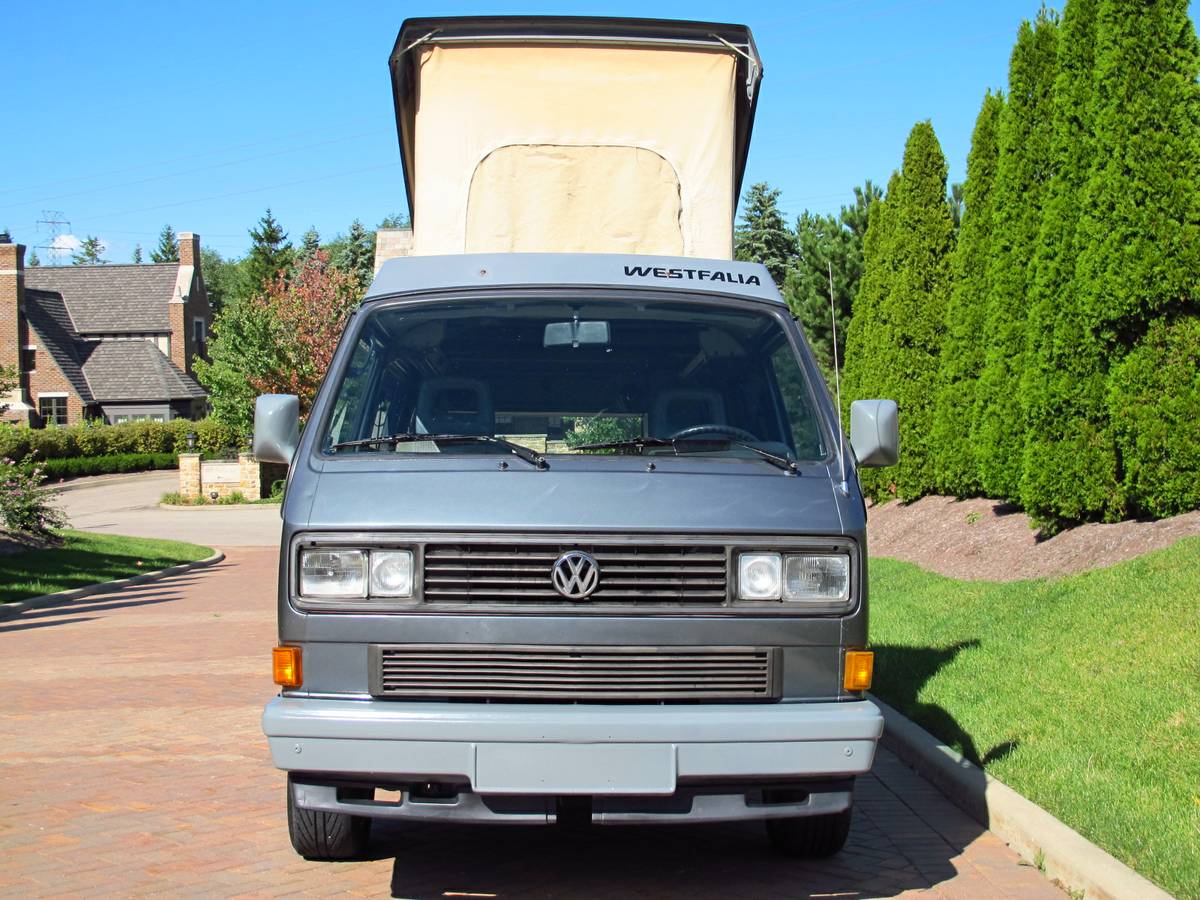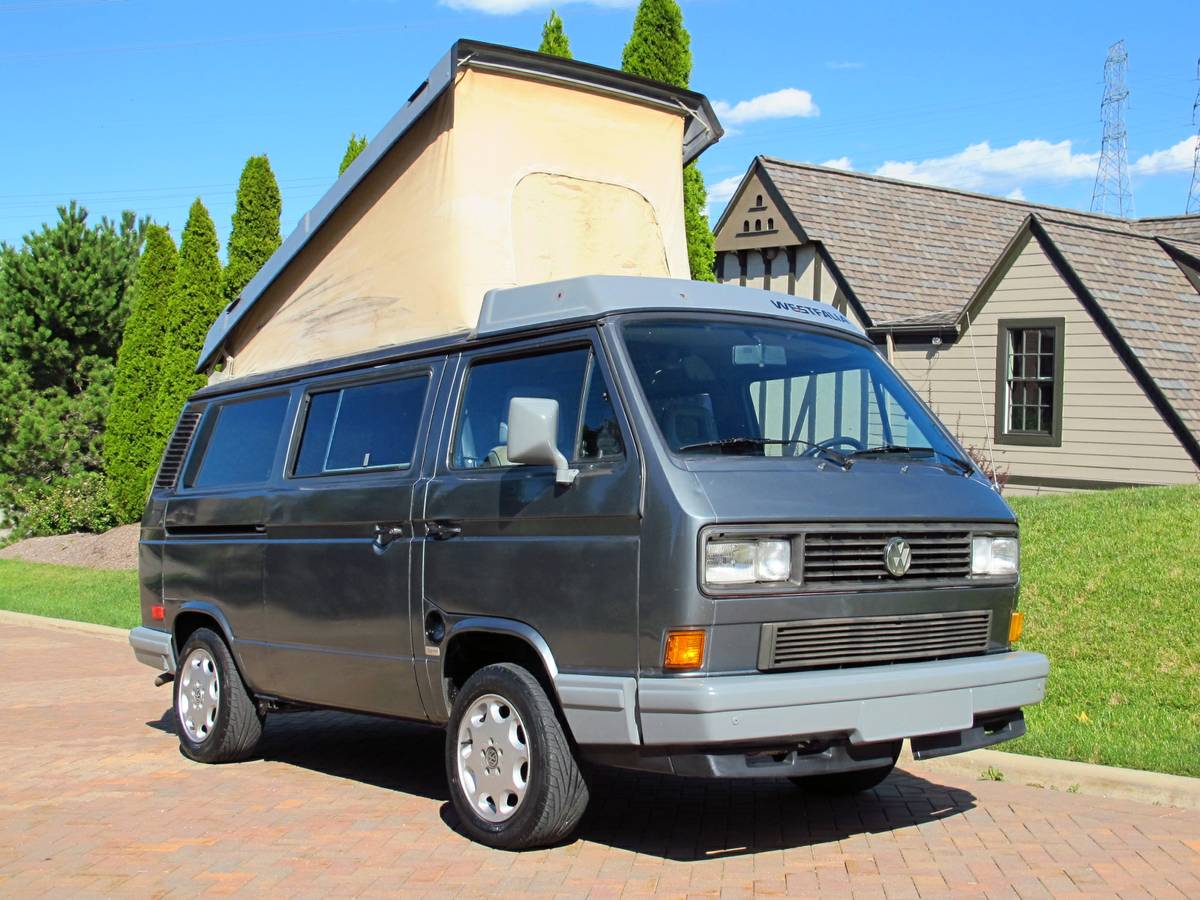I remember a time not that long ago when everyone basically swore off the B5 as being too complicated, too prone to failure, and without enough pizazz. The funny thing was that these judgements were all levied in comparison to the B5’s replacement, the B6. Sure, the BBK 4.2 V8 stuck under the hood was a sonorous revelation of sorts. Gone was the timing belt and the “you’re going to have to replace them at some point” not one, but two turbos stuck in back of the motor that basically necessitated dropping the engine for replacement. The BBK brought nearly 100 more lag-free horses to the party, too, and better-looking interior bits with the promise of more build quality.
What happened?
Well, the reality is that Audi just punted the ball down field. The transition between B5 and B6 marked the real death toll in the long-term Audi for many, as complicated electronic systems really began to outweigh lifetime engineering designs. I love Audis. I really, really do. But it seems like every single system on every single Audi produced after 2002 is so unnecessarily complicated that I can’t imagine how anyone with even a minuscule amount of sense could look at the design and say “Yup, that’ll never go wrong”. They’re engineer’s wet dreams. In the case of the BBK, in addition to eating starters and prodigious amounts of expensive synthetic oil, there is the notorious timing chain guide issue. Since Audi opted to move the timing devices from the front to the back of the motor to fit into the snug B6 engine compartment, pulling the engine apart means taking it out. Finally get it out of the car and pop the covers off, and it looks like a Swiss clock underneath. And there’s one more secret about the B6 4.2 – sure, it’s fast and it feels shouty. But it’s not really that fast for having a 340 horsepower V8 because it weighs two tons unladen. And, turning them up a notch is pretty difficult – you’re basically limited to slapping a supercharger on the motor. As a result, quite a few have turned back a page on history and view the B5 in a much better light today:

